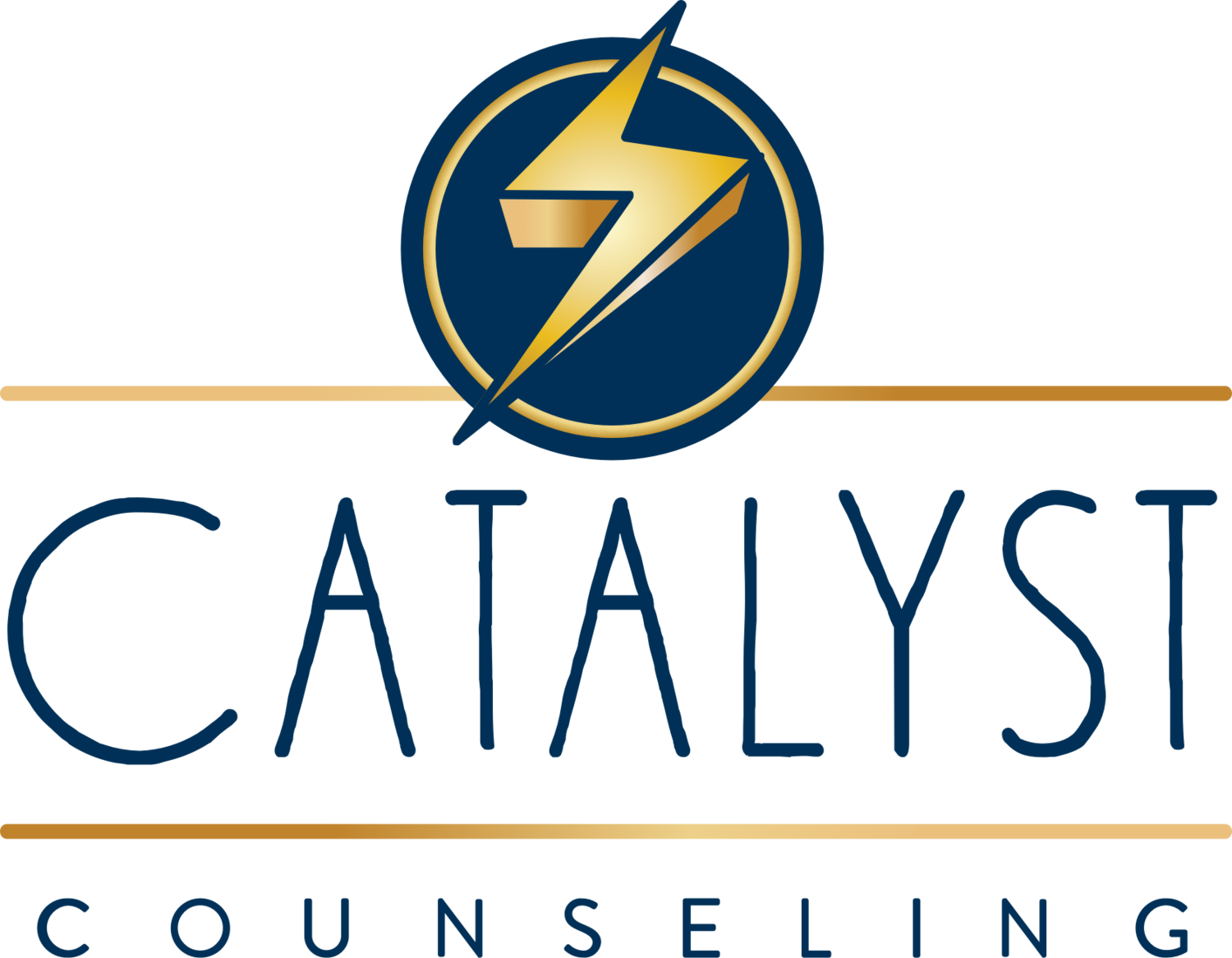Creativity: A Catalyst For Change
The Irish playwright George Bernard Shaw once said, “You use a glass mirror to see your face. You use works of art to see your soul.”
It might come as no surprise that Shaw was creating his own masterpieces as Art Therapy grew in popularity throughout the mid-19th century. With the field of psychotherapy quickly transforming, experts began to recognize just how healing and therapeutic creative expression can be.
So, What Exactly Is Art Therapy Anyway?
Art Therapy is pretty self-explanatory as a method designed for healing through creative expression. It’s used to treat the same issues as conventional talk therapy. The primary difference, however, is that instead of “talking through” their issues, clients tap into their creativity to communicate thoughts and feelings nonverbally.
While art therapists are trained in various creative mediums, Art Therapy sessions are not drawing, painting, sculpting, or craft lessons. Rather, they are grounded in the study of human development and psychological techniques. By exploring and understanding their emotions through creative outlets, clients using Art Therapy can improve their daily functioning and overall wellbeing.
Who Is Art Therapy For?
Art Therapy can be used to treat just about any mental health issue. Particularly for those who have experienced trauma or have difficulty verbalizing their emotions, Art Therapy bypasses certain psychological barriers while promoting feelings of safety and control. For this reason, Art Therapy can be especially beneficial for children who may be early in their development or nonverbal due to disability. Through having a dedicated space to focus on and conceive of challenging or life-changing experiences, Art Therapy captures what cannot be expressed through words.
Yet, this form of therapy is certainly not limited to children and/or nonverbal clients. According to the Art Therapy Credentials Board, “Art Therapy is an effective treatment for persons experiencing developmental, medical, educational, social, or psychological impairment.” And the American Art Therapy Association (AATA) has found that expressive and creative therapies can benefit children, teens, and adults alike who may have experienced:
Trauma from combat, abuse, or a natural disaster
Physical and/or terminal health conditions like cancer, Traumatic Brain Injury (TBI), and other medical disabilities
Autism
Dementia
Anxiety, depression, and mood disorders
Severe stress
According to AATA, Art Therapy “helps people resolve conflicts, improve interpersonal skills, manage problematic behaviors, reduce negative stress, and achieve personal insight.” And at Catalyst Counseling, we are excited to have a therapist on staff who is specially trained in expressive and creative therapies.
Art Therapy Through Our Practice
When you feel free and untethered to explore and express your inner world, you can tap into newfound knowledge and self-understanding that you didn’t even know was possible. Looking at what you create, you will be able to gain profound insight into what is both represented in your creation—and what is missing from it.
Our Art Therapist, Paige Hill, draws from a variety of mediums to help initiate the creative process for clients. Using both 2D and 3D materials, including modeling clay, paper, craft items, and found objects, Paige helps clients develop new perspectives on their lived experiences. Not only is this process essential to increasing self-awareness in general—the act of creating itself can be deeply calming and therapeutic in the moment.
In addition to Paige’s Art Therapy services, we also offer group options for journaling, which can be its own form of healing creative expression. Requiring nothing more than a pen, paper, and an open mind, our affordable, live, and online journaling classes will guide you in developing a clearer view of your life through documenting it.
Words Can Only Express So Much…
While talk therapy is at the foundation of our practice (and will be integrated into Art Therapy sessions as needed), we have witnessed, firsthand, the benefits of expressive techniques in transforming our clients’ lives and self-knowledge. Alongside heightened awareness, we have watched as clients in Art Therapy:
Deepen reflection
Identify personal strengths
Accept limitations and let go of perfectionism
Facilitate more openness and flexibility in their lives
Cope with and regulate emotions more effectively
Enhance their relationships and lived experiences
How many opportunities do you have to focus on the journey and not just the destination? Probably not very many. But in Art Therapy, you can completely transform the way you conceive of your own growth. Engaging with meaningful imagery, you can redefine what it means to be imperfect—yet nevertheless strong, worthy, and beautiful.
Make Like A Madonna And Express Yourself
Paige Hill (LPC, ATR-BC) graduated with a master’s in Art Therapy in 2017. Since then, she has used a combination of Art, Play, and talk therapies in a variety of settings—including schools, agencies, and within a private practice—to help clients overcome mental health obstacles. And she looks forward to bringing this specialization to Catalyst Counseling.
You can read more about Paige here or contact us to schedule a free, 15-minute consultation to find out more about how Art Therapy can help. We look forward to hearing from you!
Want more information?


























